Advanced Drainage Systems
(NYSE: WMS)
Leadership Development
Background
High-employee turnover was leading to a weakening team
We were engaged to create and facilitate a front-line leadership program for Advanced Drainage Systems (ADS), a $3 Billion manufacturer of drainage pipes with more than 50 locations. The company was experiencing tremendous turnover throughout the entire organization and acknowledged a need to build a strong culture that empowered their employees and increased engagement. The executives believed that an investment in front-line leaders would enhance the company culture and increase the engagement of employees at all locations.
Our Approach
Consultation and Content Planning
Prior to starting the design, we conducted site visits and gained a better understanding of the key issues facing leaders and the maturity of the leaders who would participate in the program. These leaders consisted of production supervisors and managers, yard supervisors and managers, maintenance managers, freight managers and HR representatives from the plant.
From our interviews of the leaders, it became clear that the program would need to be very hands-on and include relevant activities and exercises. We needed to design a program that gave participants an opportunity to demonstrate and practice key concepts before returning to their facilities.
Program Design
We started the program design by identifying the most critical competencies and behaviors that would improve culture and employee engagement.
The following items were identified as the most critical components to include in the program:
- Key Principles to Build Stronger Relationships
- Essential Techniques for Communicating More Effectively
- Setting Clear Expectations
- Giving Feedback to Redirect and Reinforce Behaviors
- Coaching By Setting Performance Goals
- Leading Teams Through Change
ADS had identified a group of approximately 100 leaders to participate in the first wave of training (in 20-25 person cohorts). We created an overall program design that consisted of three separate on-site sessions. The first 2 sessions would consist of almost 2 full days of content, while the last session would have one day of content.
We created key objectives for each session and developed relevant activities where participants would be able to discuss key concepts and apply the new techniques learned. We knew it would be important to provide participants with a variety of experiences that would allow us to reach learners with varying learning styles. As a result, we incorporated recap sessions, relevant videos, role-plays, leader panel discussions, table discussions, individual activities, and a case study to teach new concepts and illustrate the importance of building a strong culture by building the esteem of all employees.
Content Design
Created custom material to lead to an immersive learning experience
As we finalized the program design, we began creating material that would lead to a consistent experience for all participants completing the program. We created participant guides, job aides, facilitator guides and presentation slides. The job aides and participant guides were specifically designed to provide participants with tools to help them demonstrate these new techniques on a daily basis after completion of the program.
In addition to designing and creating the program, we were selected to be the primary facilitator for the program. We were intentional about the approaches that could be taken to provide a light-hearted, and highly engaging environment that would increase participation from all participants.
Delivery
Now that the content was designed, it was time to kick off our first cohort as a "pilot".
In our first cohort, participants were asked to provide incredibly candid and constructive feedback to enhance the program for future participants. Their feedback on the program was very positive and they communicated that the concepts and tools provided were very relevant and would be incredibly valuable to them. They provided excellent feedback that led to some critical changes to the program. These included:
- Creating more case studies that were applicable to different roles (e.g., yard and fleet examples)
- Providing more opportunities for individuals to practice key concepts learned
- Adjusting certain sections to deliver more tactical approaches and solutions
- Reducing the number, and length of the leader panel discussions
- Providing a larger number of shorter breaks throughout the sessions
- Giving participants an opportunity to get up and move around during the sessions
- Increasing the interaction between participants to increase relationship building
We quickly made the adjustments and updated the program for the 2nd and 3rd cohorts. We then incorporated additional light-hearted and fun concepts to make the training fun. These included giving participants small rewards for participating, providing games that reinforced concepts, and providing an environment that encouraged participation from all participants.
Results and Feedback
- New strong facilitator knowledge of the content being delivered
- Highly engaging and interactive sessions
- Use of activities that are similar to situations encountered
- Practical and easy-to-use techniques
Although ADS was intending to use internal facilitators after the first group of participants, they asked CMax to continue to operate as the primary facilitator because of the positive feedback from participants. We have also been asked to explore opportunities to expand the program to leaders in other areas of their business.
